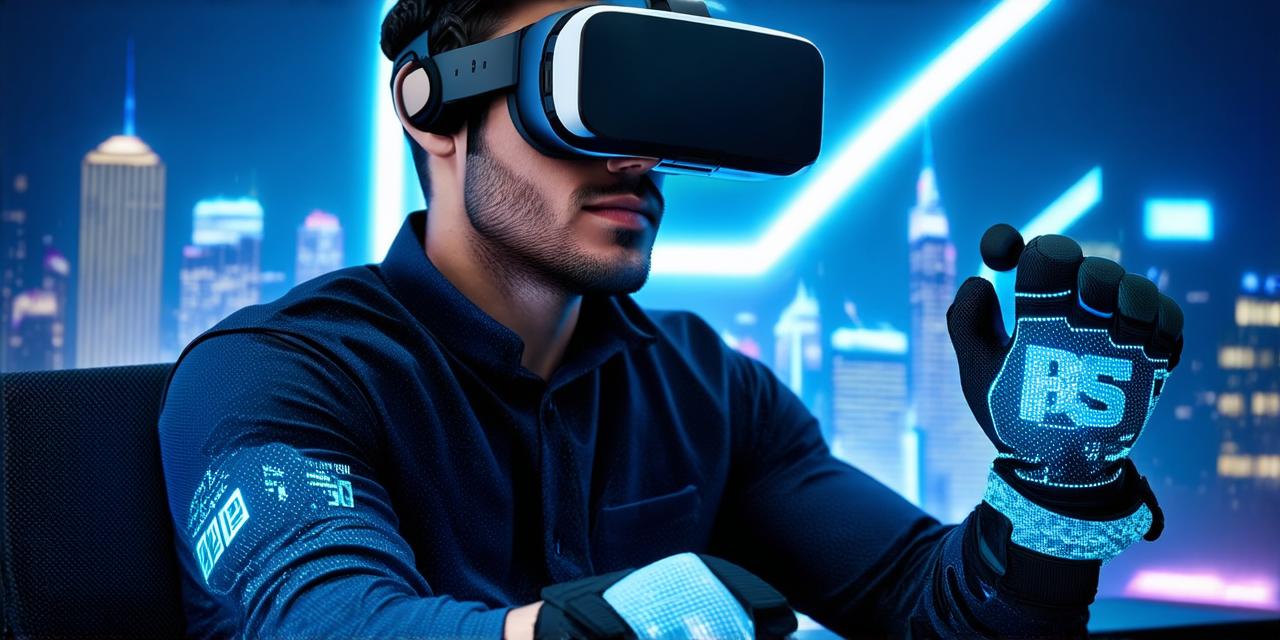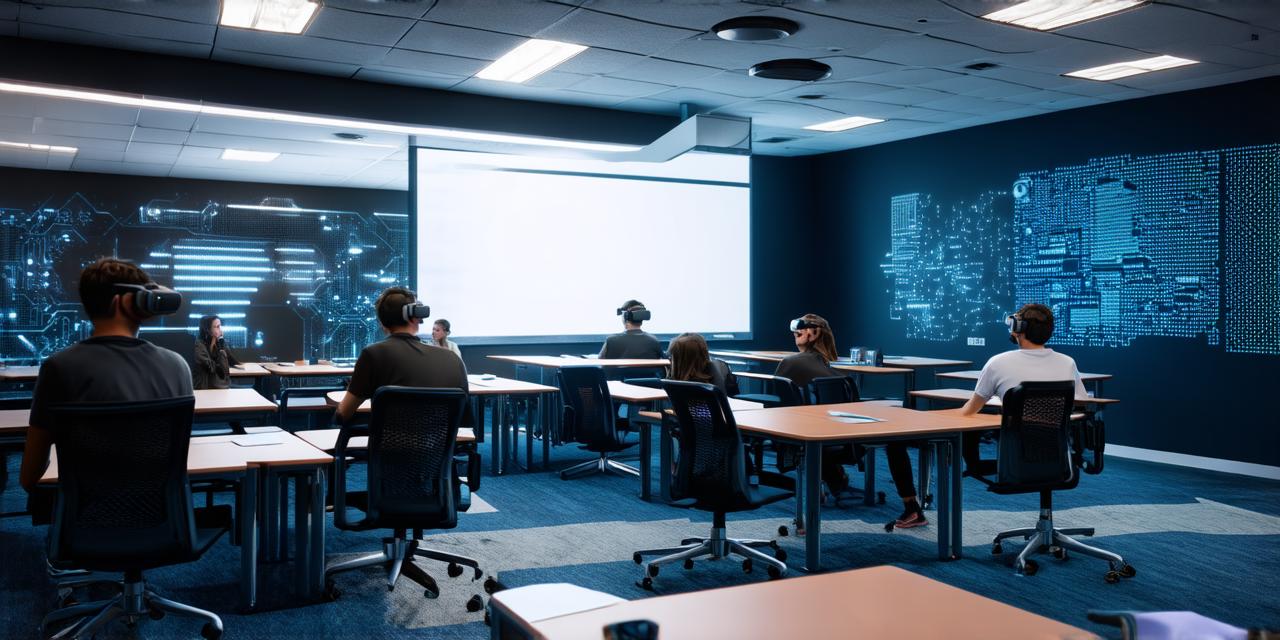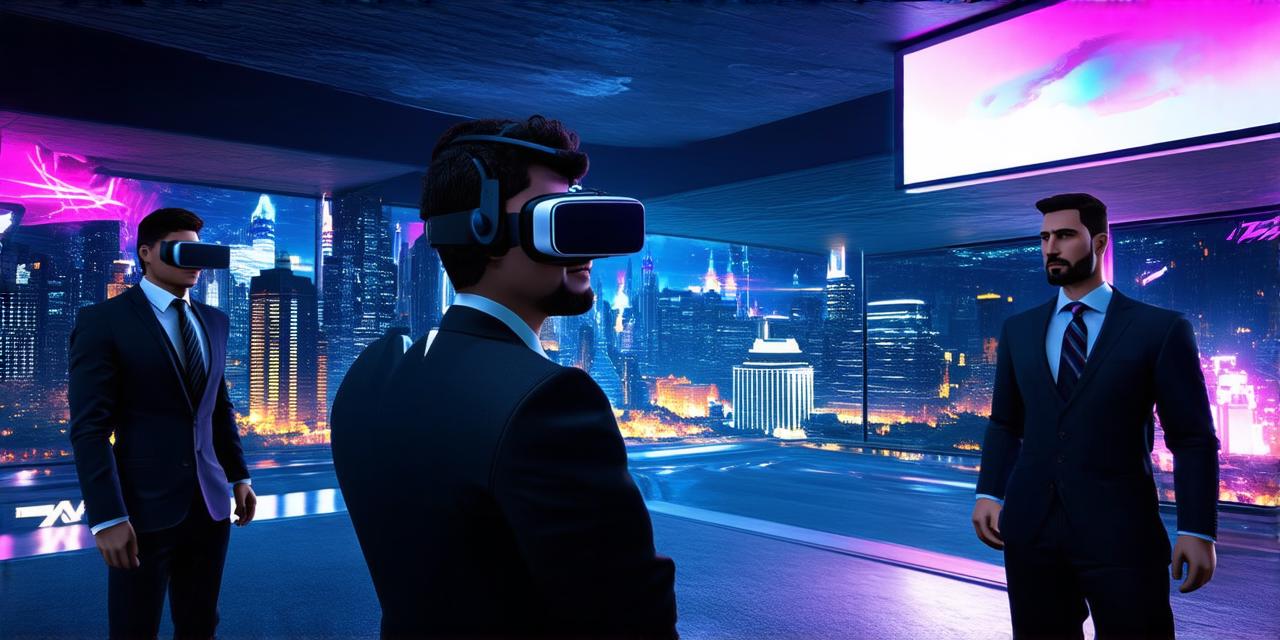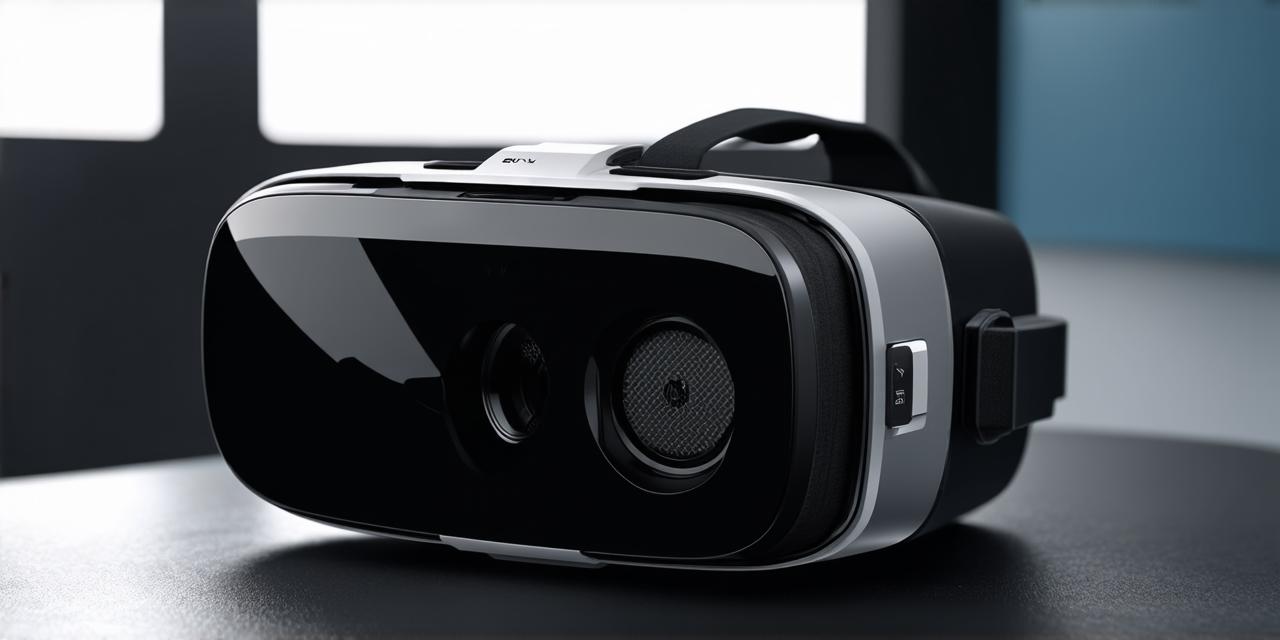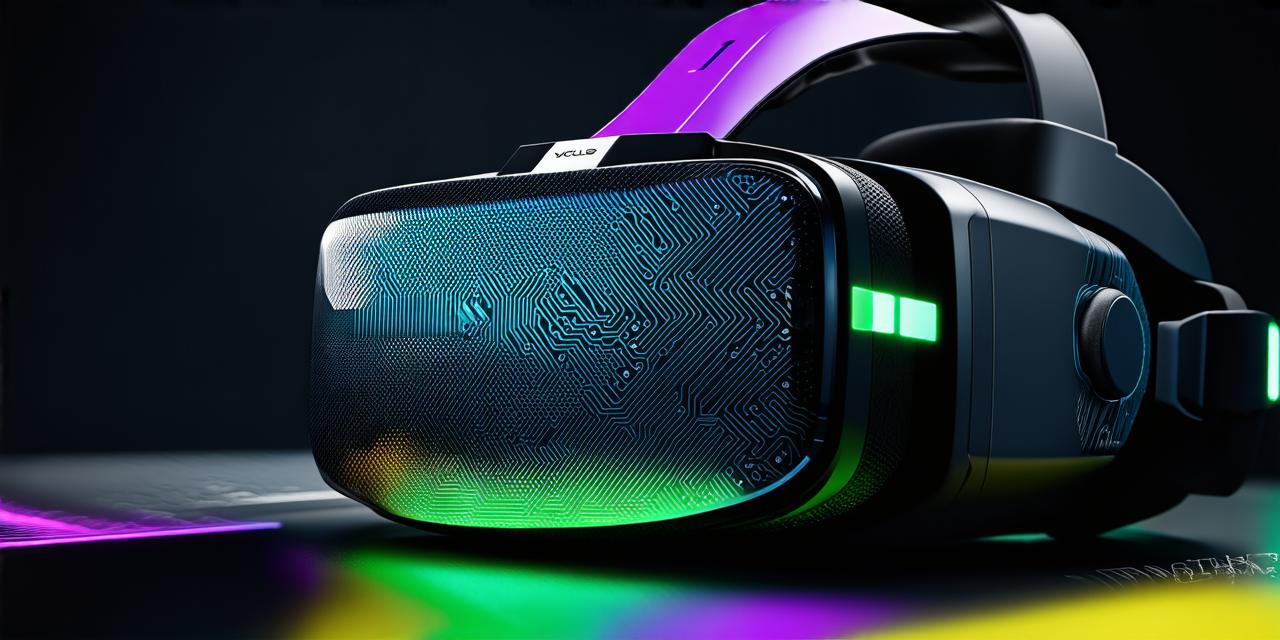Virtual Reality (VR) technology has come a long way since its inception, and it’s now transforming the way we interact with digital environments and each other. VR offers a unique opportunity to create immersive, interactive worlds that simulate reality or offer entirely new experiences.
1. Fully Immersive Virtual Reality (FIVR)
Fully immersive VR is the most advanced type of virtual reality, providing a completely immersive experience that transports users into a digital world. In FIVR, users wear a headset that covers their entire field of vision and sensors that track their movements. The combination of these technologies creates a highly realistic and immersive environment that feels like the user is physically present in the virtual world.
FIVR has numerous applications in various fields, including gaming, education, healthcare, and entertainment. For example, in gaming, FIVR provides an incredibly realistic gaming experience that transports players into a fully immersive digital world. In education, FIVR can be used to create virtual field trips, allowing students to explore historical or scientific sites without ever leaving the classroom. In healthcare, FIVR can be used for therapy and rehabilitation, providing patients with a safe and controlled environment to practice physical movements or cope with anxiety or depression.
One of the most impressive examples of FIVR is the work being done by Oculus VR. Their flagship product, the Oculus Quest 2, provides an incredibly immersive experience that feels like you’re physically present in the virtual world. With its advanced graphics and high-resolution displays, the Oculus Quest 2 creates a highly realistic environment that engages users and transports them into a new world.
2. Augmented Reality (AR)
Augmented reality is a type of VR that overlays digital information onto the real world, creating an interactive and immersive experience. AR technology typically involves wearing a headset or using a smartphone or tablet to view digital content through the camera. Unlike FIVR, AR does not completely immerse users in a virtual world but rather enhances their real-world experience.
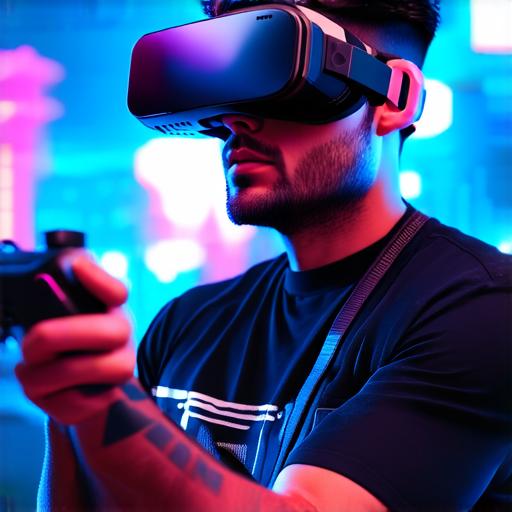
AR has numerous applications in various fields, including gaming, education, and retail. In gaming, AR provides an interactive and engaging experience that blends the real world with digital elements, creating a new level of immersion and interactivity. In education, AR can be used to enhance learning by providing students with interactive experiences that help them visualize complex concepts. In retail, AR can be used to create virtual try-on experiences for products like clothing or makeup.
One of the most popular examples of AR is Pokémon Go, a mobile game that uses GPS and augmented reality to let users catch virtual creatures in real-world environments. Another example is IKEA Place, an app that allows users to see how furniture would look in their home before buying it.
3. Mixed Reality (MR)
Mixed reality is a combination of VR and AR, creating a seamless blend of the virtual and real worlds. MR technology typically involves wearing a headset or using a smartphone or tablet to view digital content that interacts with the real world. Like AR, MR does not completely immerse users in a virtual world but rather overlays digital information onto the real world in a more interactive way.
MR has numerous applications in various fields, including gaming, education, and entertainment. In gaming, MR provides an immersive experience that blends the real world with digital elements, creating a new level of interactivity and engagement. In education, MR can be used to create virtual field trips or simulations that allow students to explore historical or scientific sites in a more interactive way. In entertainment, MR can be used to create immersive experiences for live events or concerts.
One of the most impressive examples of MR is Microsoft’s HoloLens, which provides an incredibly realistic and interactive experience that feels like you’re physically present in the virtual world. With its advanced holographic capabilities, the HoloLens allows users to interact with digital objects in a more natural way, creating a truly immersive experience.
In conclusion, VR technology is rapidly evolving, and there are now three main types of virtual reality: fully immersive VR (FIVR), augmented reality (AR), and mixed reality (MR). Each type offers its unique features and applications, from gaming to education and healthcare. As this technology continues to advance, we can expect to see even more innovative uses of virtual reality in the future.
